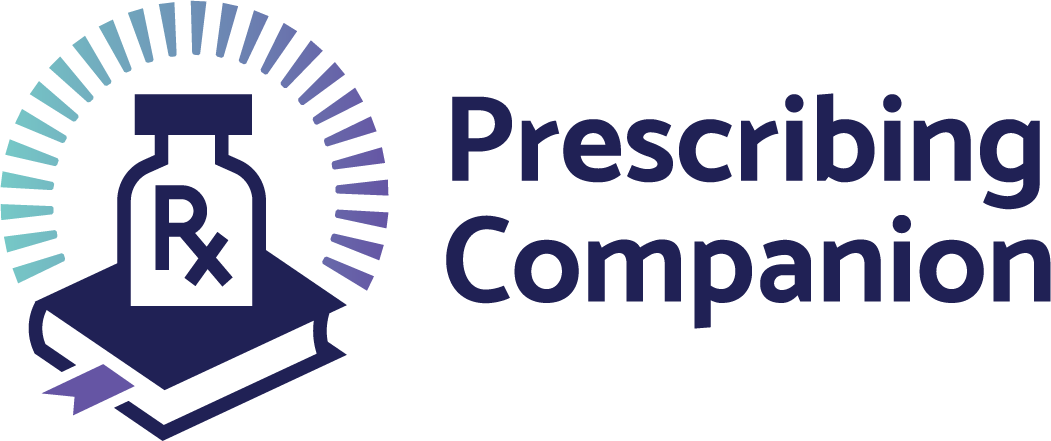Head & Neck Cancer
exp date isn't null, but text field is
Clinical Description
These involve the following malignancies:
- Oral cavity cancers: Buccal, gingival, retro-molar trigone, hard palate, oral tongue and floor of mouth
- Oropharynx: Tonsil, soft palate, Base of Tongue
- Nasopharynx
- Hypopharynx
- Larynx
- Salivary gland: Parotid, submandibular, submental
Clinical Features
SIGNS AND SYMPTOMS
- Depends on specific location of the cancer.
- Non healing ulcers in the mouth, which easily bleed
- Associated difficulties in mastication and progressive dysphagia
- Neck mass/lymphadenopathy
- Otalgia
- Nasal blockage and bleeding
- Trismus
- Persistent cough
- Stridor
- Hoarseness of voice in advanced cases.
INVESTIGATIONS
- Done in conjunction with ENT surgeons and pathologists.
- Clinic: Complete upper airway assessment using Indirect Laryngoscopy +/- Flexible Nasal Endoscopy
- Radiological imaging forms part of work up e.g. Panorex, CT Scan Base of skull to upper chest
- Biopsy: primary mass or suspicious lymph nodes
Treatment
NON-PHARMACOLOGICAL
- Depends on the extent of disease.
- Local therapies: Early-stage disease (T1/T2) can use single modality i.e. surgery or radiotherapy
- Advanced cases T3/T4: chemo- radiation is preferred to surgery for cosmesis and organ preservation. If recurrence, then surgery is treatment of choice.
PHARMACOLOGICAL
Drugs of choice: Cisplatin, Paclitaxel, Docetaxel, Gemcitabine, 5FU, Methotrexate, Cetuximab, Doxorubicin
- Follow up with routine clinical examinations and CT scans at scheduled visits.
